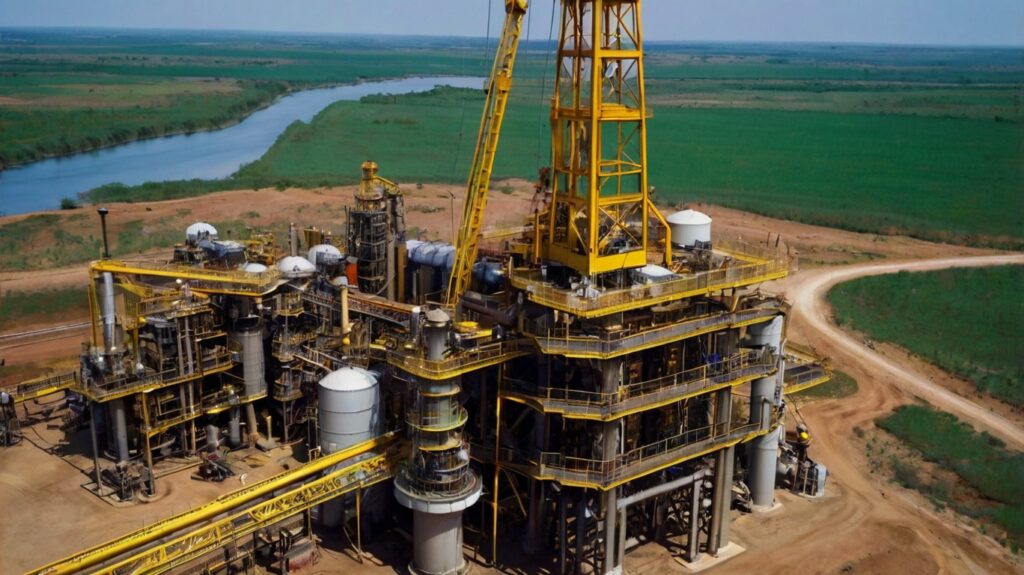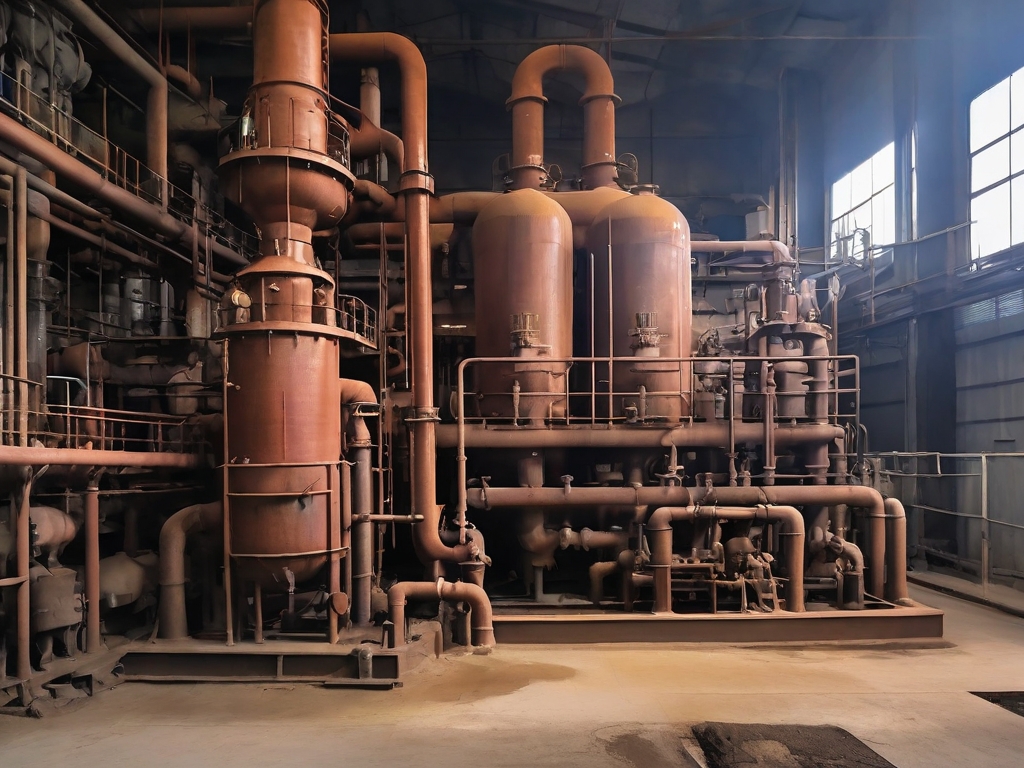When it comes to safety in hazardous environments, the concept of intrinsic safety is paramount. This principle is at the heart of the products and services offered by the Intrinsically Safe Store. This article will delve into the core principles behind intrinsically safe circuit design, a critical aspect of ensuring safety in potentially explosive environments. We invite you to explore our website to learn more about our commitment to safety and our range of intrinsically safe products.
What is Intrinsic Safety?
Intrinsic safety is a protection technique for safe operation of electrical equipment in hazardous areas. This method reduces the energy available for ignition to levels below what is needed to ignite a specific hazardous atmospheric mixture.
Core Principles of Intrinsically Safe Circuit Design
Designing an intrinsically safe circuit involves adhering to several core principles. These principles ensure that the circuit cannot release sufficient electrical or thermal energy under normal or abnormal conditions to cause ignition of a specific hazardous atmospheric mixture.
Energy Limitation
The primary principle of intrinsically safe circuit design is energy limitation. This involves limiting both the electrical and thermal energy in the circuit to prevent ignition of the hazardous atmosphere.
Consideration of Fault Conditions
Another key principle is the consideration of fault conditions. Designers must consider not only normal operating conditions but also potential fault conditions. This includes single faults, such as a component failure, and multiple faults.
Separation and Segregation
Separation and segregation of intrinsically safe and non-intrinsically safe circuits are also crucial. This prevents energy from non-intrinsically safe circuits from being transferred to intrinsically safe circuits.
Component Selection and Implementation
Component selection and implementation also play a significant role. Components must be chosen and implemented in a way that they cannot generate or store more energy than the circuit’s defined limits.
Importance of Intrinsically Safe Circuit Design
Intrinsically safe circuit design is vital in industries such as oil and gas, mining, chemical, and others where explosive atmospheres may exist. It helps prevent accidents, protecting both people and property from potential harm.

Intrinsically safe circuit design is a critical aspect of safety in hazardous environments. By adhering to the core principles of energy limitation, consideration of fault conditions, separation and segregation, and careful component selection and implementation, designers can create circuits that are safe to operate even in potentially explosive atmospheres.
At the Intrinsically Safe Store, we are committed to providing products that adhere to these principles, ensuring the highest level of safety for our customers. If you have any questions or need further information, please contact us.


























